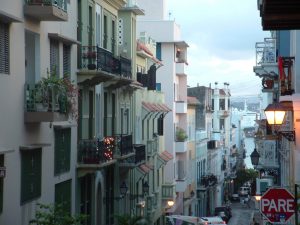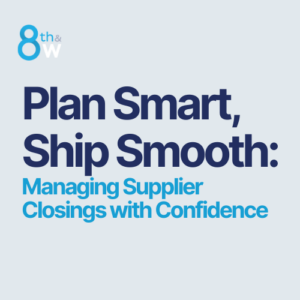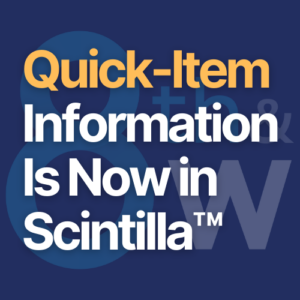 Walmart has a dozen supercenters in Puerto Rico and plans to convert the remaining half dozen Division 1 stores into supercenters as well.
Walmart has a dozen supercenters in Puerto Rico and plans to convert the remaining half dozen Division 1 stores into supercenters as well.
There are also 11 Sam’s Clubs, 27 Amigo Supermarkets, and three SuperAhorros, which are bodegas or corner markets.
Walmart intends to bring more local products into Puerto Rico’s stores, but many mainland suppliers will continue to be represented. Business is often conducted by U.S. mainland buyers. The main difference between working in stores in the states and in Puerto Rico is that products in Puerto Rico are generally brokered through distributors, which were grandfathered in as a requirement of Puerto Rico’s laws.
Choosing a local distributor is usually the most practical approach. New suppliers may consider trying to handle the supply chain themselves, but shipping to Puerto Rico can be complex and costly. Puerto Rico is a territory of the U.S. but also has its own rules about imports and labeling in addition to Walmart requirements.
In deciding among distributors, you’ll naturally ask about their supply chain practices and financial position, but you should also ask about their means of measuring success. These distributors may not use Retail Link; if they do, they may not communicate with the U.S. supplier as readily as an internal analyst. Establishing expectations ahead of time can help.
Walmart Puerto Rico is certainly an opportunity for suppliers. Also, since statehood for Puerto Rico is a possibility (President Obama’s new budget includes funding for a final vote on the question), this may be an opportunity that will grow more valuable in the future.



